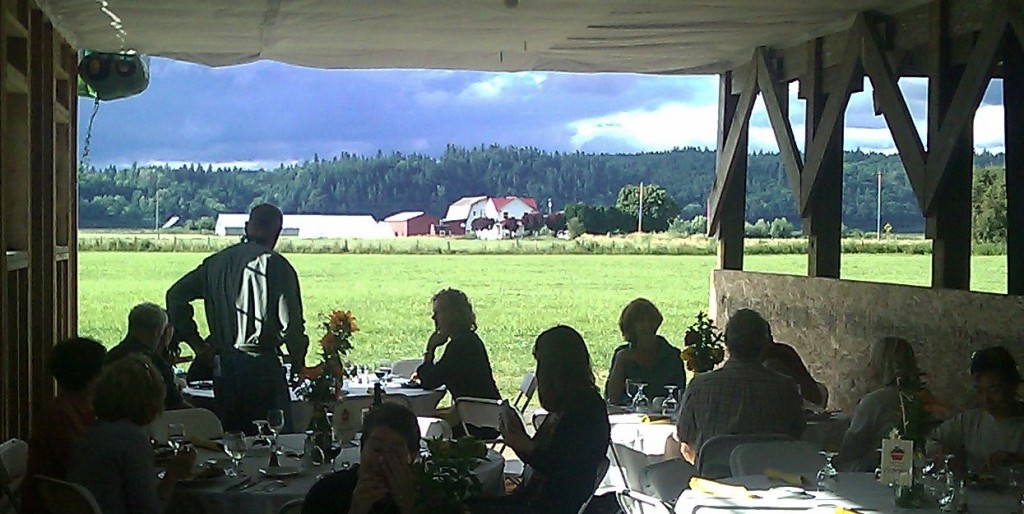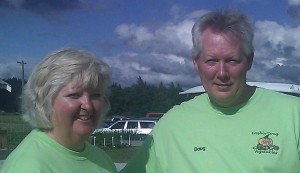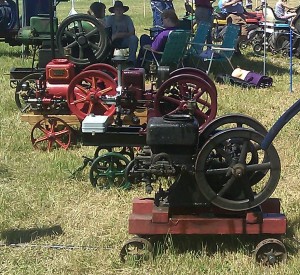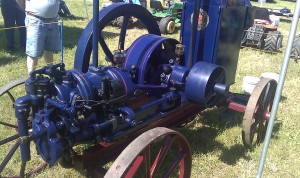For the first time ever, I attended a Farm to Fork dinner. (I know, I know, why did it take me so long…) It was at Whispering Winds Farm, home of Freshly Doug Vegetables, a local CSA and farmstand farm. It was held inside their heritage barn which has quite a nice view of the valley. We were serenaded by the band Cabin Fever and Pacek Winery kept the mood jovial with some delightful white, red, and dessert wines.
Considering that this was their first ever dinner, our hosts, Char and Doug, were quite well organized. There were a few hitches, such as some of the vegetables not being harvestable in time due to the cool weather, but they persevered. Menus were slightly changed. Last second details were modified. Everything came together in the end.
We had a nice time hanging out on the farm, talking to the goats, walking the fields, sipping wine, and chatting up the other guests. I was able to talk to the chef, Devra Gartenstein, who created the recipes we enjoyed. She has several cookbooks published and some were given away in a gift raffle. (No, I didn’t win one, but The Neighbor, who went with me, did win a Freshly Doug Vegetables hat. I’m almost jealous.) Devra’s blog is quirkygourmet.com, where she writes extensively about good food.
If you find a Farm to Fork event in your area, go! It’s a great way to spend an evening.




